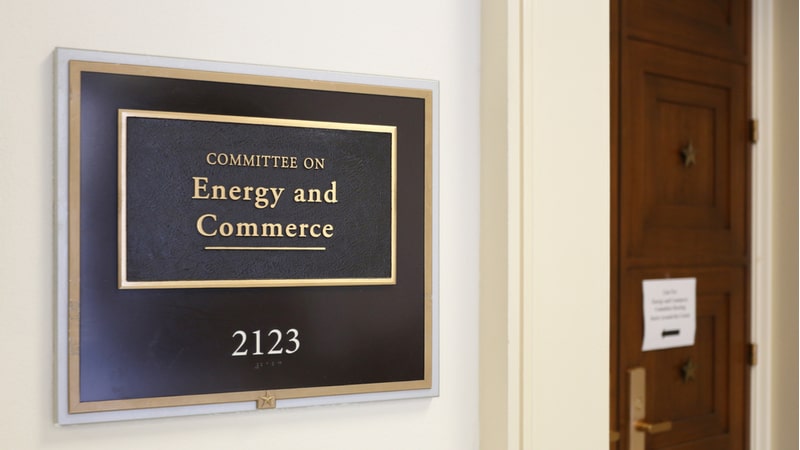
Today, the House Energy and Commerce Subcommittee on Communications and Technology took a deep dive into the RAY BAUM’S Act and examined how the legislation is helping to bridge the digital divide in the United States.
The RAY BAUM’S Act, which was signed into law in March 2018, included a wide variety of measures and initiatives, including the Senate’s MOBILE NOW legislation; improvements to public safety and 5G broadband deployment; reducing the regulatory barriers to broadband investment; and authorizing of reimbursements for broadcasters who were displaced in the broadcast incentive auction.
The subcommittee, chaired by Rep. Marsha Blackburn, R-Tenn., heard testimony from industry experts, including representatives from National Association of Broadcasters (NAB), Competitive Carriers Association (CCA), APCO International, and the Milwaukee Public Broadcast Station.
“Looking at telecommunications policy today, two themes clearly emerge: bridging the digital divide and international competition to lead the world in fifth generation, or ‘5G,’ deployments,” said Tim Donovan, SVP of Legislative Affairs for Competitive Carriers Association, during his testimony. “Fortunately, the Act takes concrete steps toward accomplishing both.”
During the hearing Ranking Member Michael Doyle, D-Penn., raised concerns about FCC data accuracy, calling the Commission’s current estimate that nearly 100 percent of Americans are served by one or more wireless LTE providers “a joke.”
Donovan agreed that accurate data is essential to closing the digital divide.
“[T]o finally close the broadband gap and serve all Americans, policymakers must have reliable data regarding where coverage exists,” Donovan said. “RAY BAUM’S Act is a significant step in the right direction, and CCA urges Congress to build upon this step to further next-generation deployments, and close the digital divide once and for all.”
Despite offering significant praise for both the Congress and the RAY BAUM’S Act, Curtis LeGeyt, executive vice president for Government Relations at NAB, still offered two areas where Congress can continue to improve.
“Broadcasters believe that there are two significant issues worthy of your ongoing consideration entering the 116th Congress,” he said. “First, this Committee should ensure that existing users of C-band spectrum (3.7-4.2 GHz) are fully protected and reimbursed, should a portion of the spectrum be reallocated for mobile broadband use through an auction or other means…Second, this Committee should continue to advance policy goals that serve local communities by allowing the expiring provisions of the Satellite Television Extension and Localism Act Reauthorization (STELAR) to sunset as Congress has long intended. In particular, the distant signal license, originally intended to subsidize the nascent satellite industry, now benefits only two billion-dollar companies and runs contrary to this Committee’s long-stated policy preference by incentivizing the satellite carriage of out-of-market rather than local broadcast stations.”
Jeff Cohen, chief counsel for APCO International, also added his suggestions for Congress based on his work with the emergency responder community.
“We need a confidential contact database for carriers and ECCs [911 Emergency Communications Centers] to use in the event of outages or other issues that could impact communications with 911,” he said. “When a wireless network outage could prevent calls to 911, the ECC needs to know how to contact the carrier to gather information that will assist with mitigating the outage’s impact…Finally, if we really want to improve emergency communications…we need to modernize the nation’s 911 systems. We need a one-time forklift to ensure ECCs have the resources they need to achieve Next Generation 911. Without congressional support for this most critical of the nation’s critical infrastructure, bringing 911 into the 21st century with interoperable IP-based systems will take significantly more time, be more expensive, and likely will not happen at all in some parts of the United States.”
